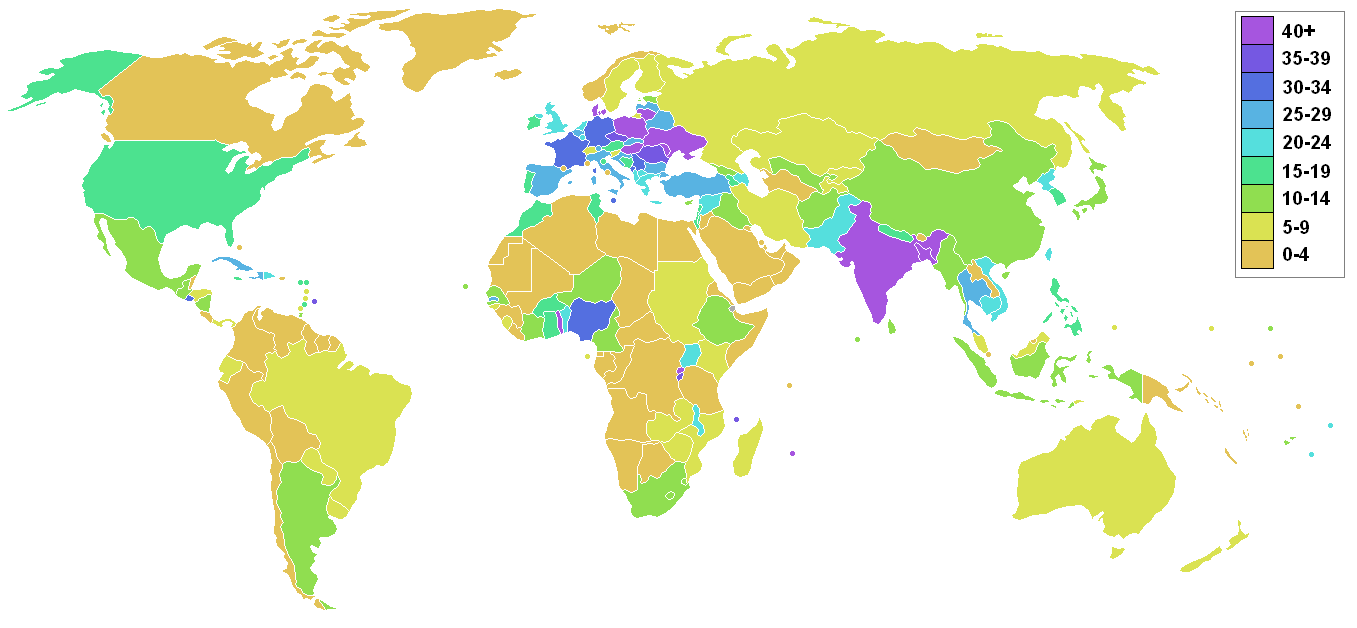Soil Loss
Soil Crisis Across the Globe
"Treating Soil Like Dirt"
○ ○ ○ ○ ○ ○ ○ ○ ○ ○ ○ ○ ○ ○ ○ ○ ○ ○ ○ ○ ○ ○ ○ ○ ○ ○
"Think of soil as an organism"
A broken food system is destroying the soil and fueling health crises as well as conflicts, warns Professor John Crawford of the University of Sydney.
Watch Professor John Crawford / Sustainability and Complex Systems Director
https://www.youtube.com/watch?v=Tjen7y77E1Q
"Peak soil"
"Soil depletion"
https://agenda.weforum.org/2012/12/what-if-soil-runs-out/
http://world.time.com/2012/12/14/what-if-the-worlds-soil-runs-out/
Q&A with Professor Crawford
Is soil really in danger of running out?
A rough calculation of current rates of soil degradation suggests we have about 60 years of topsoil left. Some 40% of soil used for agriculture around the world is classed as either degraded or seriously degraded – the latter means that 70% of the topsoil, the layer allowing plants to grow, is gone. Because of various farming methods that strip the soil of carbon and make it less robust as well as weaker in nutrients, soil is being lost at between 10 and 40 times the rate at which it can be naturally replenished. Even the well-maintained farming land in Europe, which may look idyllic, is being lost at unsustainable rates...
Agriculture accounts for 70% of our fresh water use: we pour most of our water straight onto the ground. If soil is not fit for purpose, that water will be wasted, because it washes right through degraded soil and past the root system. Given the enormous potential for conflict over water in the next 20-30 years, you don’t want to exacerbate things by continuing to damage the soil, which is exactly what’s happening now.
How does soil erosion happen?
Soil is a living material: if you hold a handful of soil, there will be more microorganisms in there than the number of people who have ever lived on the planet. These microbes recycle organic material, which underpins the cycle of life on Earth, and also engineer the soil on a tiny level to make it more resilient and better at holding onto water. Microbes need carbon for food, but carbon is being lost from the soil in a number of ways.
Simply put, we take too much from the soil and don’t put enough back. Whereas the classic approach would have been to leave stubble in the field after harvest, this is now often being burned off, which can make it easier to grow the next crop; or it’s being removed and used for animal feed. Second, carbon is lost by too much disturbance of the soil by over-ploughing and by the misuse of certain fertilizers. And the third problem is overgrazing. If there are too many animals, they eat all the plant growth, and one of the most important ways of getting carbon into the soil is through photosynthesis.
What happens if this isn’t addressed?
There are two key issues. One is the loss of soil productivity. Under a business-as-usual scenario, degraded soil will mean that we will produce 30% less food over the next 20-50 years. This is against a background of projected demand requiring us to grow 50% more food, as the population grows and wealthier people in countries like China and India eat more meat, which takes more land to produce weight-for-weight than, say, rice.
Second, water will reach a crisis point. This issue is already causing conflicts in India, China, Pakistan and the Middle East. Before climate change and food security really hit, the next wars are likely to be fought over unsustainable irrigation. Even moderately degraded soil will hold less than half of the water held by healthy soil in the same location. If you’re irrigating a crop, you need water to stay in the soil close to the plant roots. However, a staggering paper was published recently indicating that nearly half of the sea level rise since 1960 is due to irrigation water flowing straight past the crops and washing out to sea.
Who will be impacted the most?
Soil erosion is most serious in China, Africa, India and parts of South America. If the food supply goes down, then, obviously, the price goes up. The crisis points will hit the poorest countries hardest...

